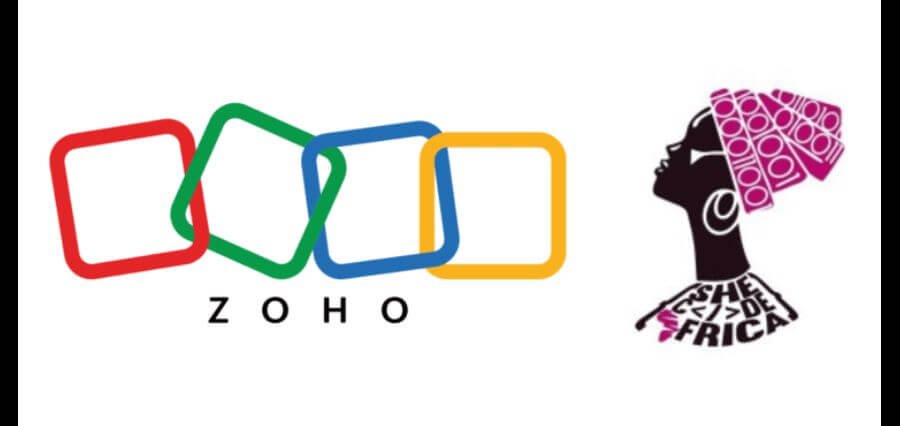Leadership today is no longer simply a question of positional power—it also requires vision, empathy, resilience, and strategic flexibility. While women everywhere have been demonstrating these qualities all along, institutional obstacles have kept them out of leadership roles in the past. It is at the heart of overcoming these barriers that there is a powerful enabler: education. Education does more than open doors; it changes women’s perceptions about themselves and how the world views them as potential leaders.
Global movements for gender equality in all fields have seen the place of education in freeing women from becoming leaders take center stage. Education not only offers skill and qualifications for leadership but also confidence, networking, and critical consciousness to break molds with outdated models.
Building Confidence and Competence
For most women, leadership development starts in the classroom. Formal education provides the basic skills—analytical skill, communications, and decision-making—with which any leadership function demands a working knowledge. More important, however, is that education gives self-confidence.
When women take part in intellectual debates, express their ideas, and receive recognition for their achievements, they begin to envision themselves as leaders. Being exposed to powerful female role models in classroom settings—be it teachers, guest speakers, or classmates—reaffirms the same. It proves that leadership is not only possible but also a standard that they are supposed to achieve.
Educational environments that are inclusive and designed specifically to empower can redirect interior stories that have been constructed on the basis of social obligation. These environments support ambition and deconstruct self-doubt, providing the basis for visionary, fearless leadership.
Building Networks and Access to Opportunity
Leadership more often than not is a matter of knowing people more than knowing things. Education opens doors to influential networks—classmates, mentors, alumni, and leaders in your chosen field—that can speed the career trajectory and profile as a leader for women. These networks can provide a strong countermeasure to the loneliness so many women experience working in men’s environments.
Additionally, organizations that openly fund mentorship programs and women’s leadership development initiatives offer crucial scaffolding. They enable women to learn from one another, overcome barriers, and build plans to transition into higher-level positions.
This network effect also engenders a mass movement. As more women are fed into leadership pipelines through educational networks, they create a ripple effect, championing others, shaping policy, and shaping more diverse cultures.
Implementing Purpose-Driven and Inclusive Leadership
Education is not just done to prepare women to ascend current ladders—it encourages them to construct new ones. Exposed to a broad variety of ideas and social movements, numerous women graduate from institutions of learning with a wish to make things happen, rather than businesses.
Women leaders, studies show, have a preference for cooperation, sustainability, and foresight. These are likely to be promoted by multidisciplinary education incorporating ethics, civic responsibility, and world awareness. Where learning begets purpose as well as competence, it builds leaders who win but leave a legacy.
That sense of purpose is especially relevant to our times, when organizations are being asked to lead with compassion, justice, and transparency ever more frequently. Women educated from societies that value these exact same traits very highly have a specific and needed form of leadership to contribute.
Bridging the Gender Gap in Emerging Fields
STEM, finance, and IT are fields where women at the top level remain scarce. Higher-level training can bridge the gap by demystifying technical fields and motivating women with the self-belief they need to thrive.
Scholarships, boot camps, and training programs for women in underrepresented areas are essential. They not only transfer technical knowledge but also give women the confidence to work in male-dominated areas. Through investments that enable women to acquire in-demand skills in education, institutions, and governments help build a balance and creative leadership culture.
As digitalization cuts across sectors, it’s not merely a question of gender equity to enable women to drive the next-gen industries—it is an economic imperative.
Redefining Systems, Not Just Success
With education as their power, women leaders are champions of profound change. Armed with their own experiences, they employ this view to disrupt legacy systems, reenvision policy, and push inclusive growth. On boards, in legislatures, and in community organizations, educated women are redefining leadership and for whom it is done.
Above all, their achievements bring about visibility, break down stereotypes and open the way to the next generation of women and girls. It is a catalyst and a multiplier: it stimulates personal progress and social change.
A Call for Inclusive Educational Reform
For maximum use of education as a catalytic agent for women’s leadership, systemic change is still required. Access to quality education remains geographically, socio-economically, and culturally uneven. Throughout early childhood education to executive development programs, equity must be built in from the beginning—barriers removed, prejudice destroyed, and mentorship opportunities added.
Institutions need to continue challenging gendered assumptions in leadership and career patterns. That involves not just bringing women to the forefront, but also redefining leadership itself—embracing empathy, cooperation, and emotional intelligence as equals to strategy and execution.
Conclusion: Educating the Leaders of Tomorrow
When women are educated, communities flourish, economies expand, and leadership shifts. Education is not just the pillar of leadership—it is its genesis. It gives women the lens, language, and leverage to lead with self-assurance and compassion.
Educating women is perhaps the most powerful and lasting means of ensuring equal leadership. Investing in girls’ and women’s education is not only a moral necessity, in our vision of a better future—it’s a necessity of strategy. Tomorrow’s leaders are already walking in our midst. If equipped with the right tools, they will not just thrive—they will change the world for themselves and others.





